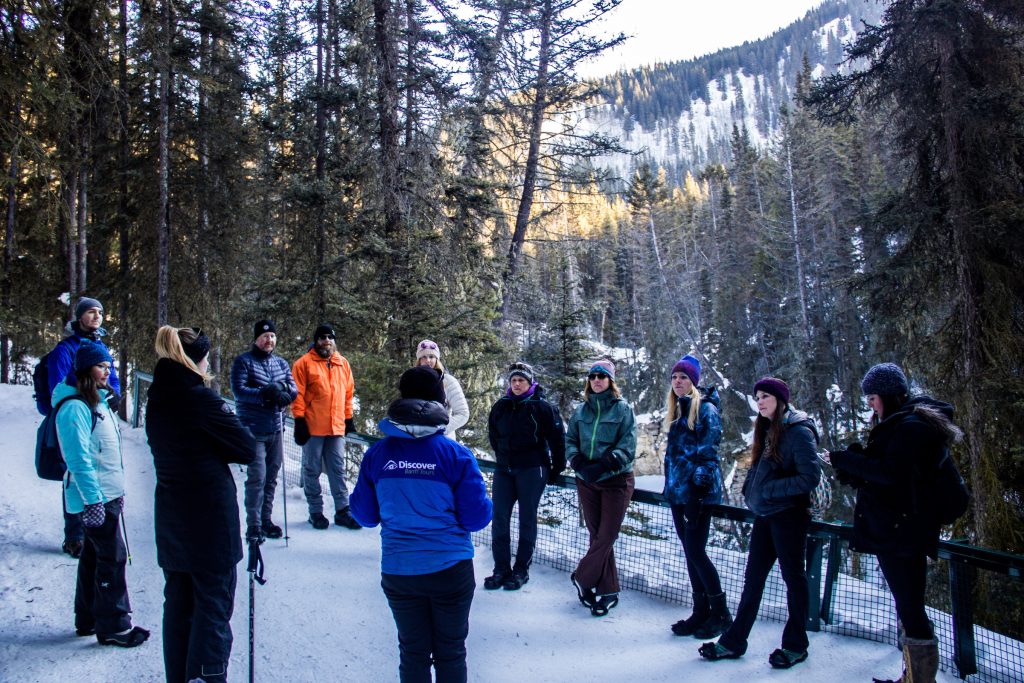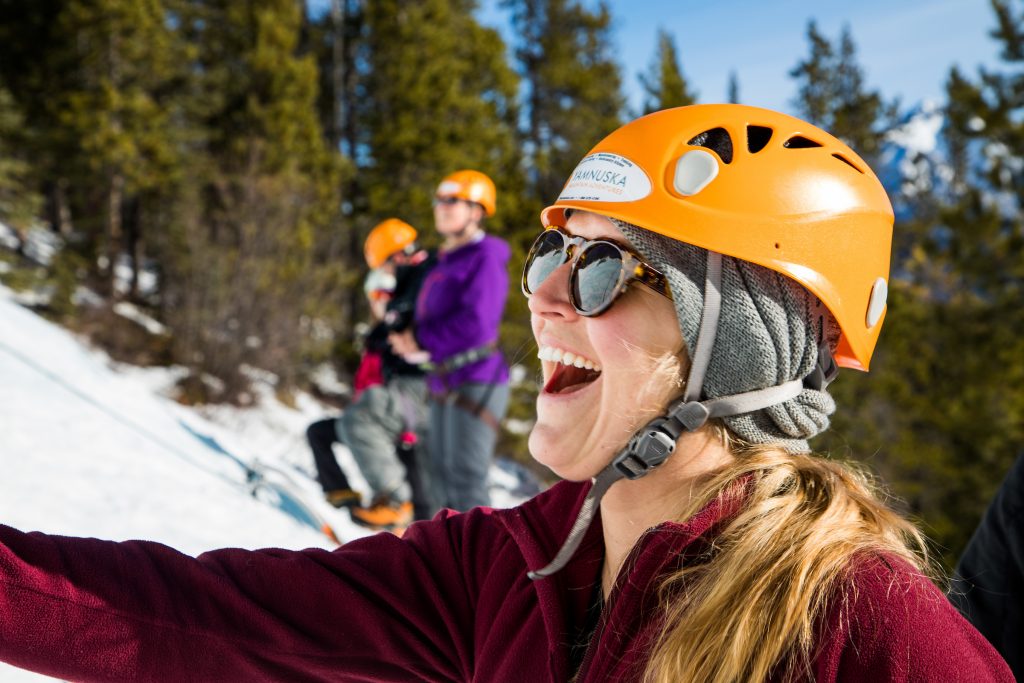When it comes to competitiveness in adventure travel, safety probably doesn’t spring to mind as the inspirational benefit or feature that gets people talking and ready to book the trip of a lifetime. Safety doesn’t easily lend itself to glorious panoramic photos; it lacks the emotional charge of those unexpected moments of connection that make adventure travel so appealing. Yet, safety is certainly at heart of the best adventure experiences. Without safety, none of the these other (arguably more appealing) aspects matter.
The best companies in our industry know well the benefits of focusing on safety. "At MT Sobek we have always viewed safety as a key component of our travel offering; especially as the popularity of adventure grows and our client base expands,” said Anne Wood, MT Sobek’s senior director of product. “We know our safety practices set us apart, which is why we partner with the best local guides in each location and remain in constant contact with country officials regarding current safety regulations."

As countries and destinations around the world grapple with the implications of rapid expansion in the adventure tourism sector, safety is beginning to take center stage at the national level as well. While the Adventure Travel Trade Association (ATTA) has been offering safety and risk management training for companies through its AdventureEDU programs since 2013 and in its guide training since 2015, it only recently began offering a comprehensive safety management program for governments. In 2017, the ATTA began offering AdventurePro, a service to help national governments manage an expanding and often unregulated adventure sector through the application of standards and certification schemes.
AdventurePro is a facilitated process in which an experienced standards technician guides national government agencies such as the ministry of tourism and the national standards board through the steps of localizing international safety standards and establishing a national certification scheme for adventure travel. These national agencies assume responsibility for maintaining the standard and overseeing its application in the country. Local guides are trained according to the localized national standard. A “train the trainer” component is also available, providing exceptional local guides with the curriculum and pedagogical guidance to become nationally certified trainers themselves.
The AdventurePro program is based on two key reference documents and practical field experience in establishing adventure standards for regulation purposes in the national government context.
The foundational documents for AdventurePro are:
- The International Adventure Travel Guide Qualification and Performance Standard, which was developed by an industry working group convened by the ATTA and actively developed from November 2014 through January 2016.
- The international adventure safety standard formally adopted in 2016 by the International Standards Organization, ISO 21101 - Adventure Tourism Safety Management Systems.
While the competitive benefits of focusing on safety are appealing to destinations and companies, it also seems that, as the adventure market converges with the mainstream travel experiences sector, a focus on safety is increasingly becoming essential.

In the past, the “adventure travel” category indicated a specific set of travel activities focused on nature and sometimes technical activities such as whitewater rafting. In today’s world, however, broader interest and access has evolved the concept of “adventure” into a much more expansive category encompassing what could be described simply as “experience.” Additionally, adventurous travelers in the past had to seek out a tour operator for an afternoon of kayaking followed by a cooking class in a local home, but today’s novice explorers can easily locate these types of opportunities for themselves online. The enhanced access to adventure experiences, along with a surge of traveler-driven marketing through Instagram and other social channels, brings about dramatic growth in opportunity and responsibility.
Recent consumer research reinforces a common observation from guides and operators about their guests: People are eager to explore and push their personal boundaries but are often not fully aware of their own role in maintaining their personal safety. A survey of adventure travelers published in 2017 found travelers were not focused on risk as an element of adventure travel and, in fact, valued it 45 percent less than they did cultural experiences. Similarly, they also did not view themselves as risk takers. Yet, a large portion of travelers said they were seeking “maximum thrill” (78 percent). This contradiction with respect to risk — wanting the thrills but not acknowledging the risks — signals a significant responsibility on behalf of destinations eager to develop adventure travel markets as well as guides and companies working with these travelers.
Andrew Straw, founder of Saddle Skedaddle, said, “At Saddle Skedaddle we have always known safety was a key component of our offering. Now, as the popularity of adventure grows and our client base expands, we know our safety practices set us apart. Key to our approach is a continued re-assessing and updating of our processes with feedback from our customers, guides, and accommodation providers paramount in this process. We also keep an increasing eye on technological advancements and how these — whilst improving the enjoyment on our holidays — bring with them their own new and unique challenges.”
To learn more about safety management training for companies or how to localize international safety standards in your destination, contact Christina Beckmann at [email protected].
